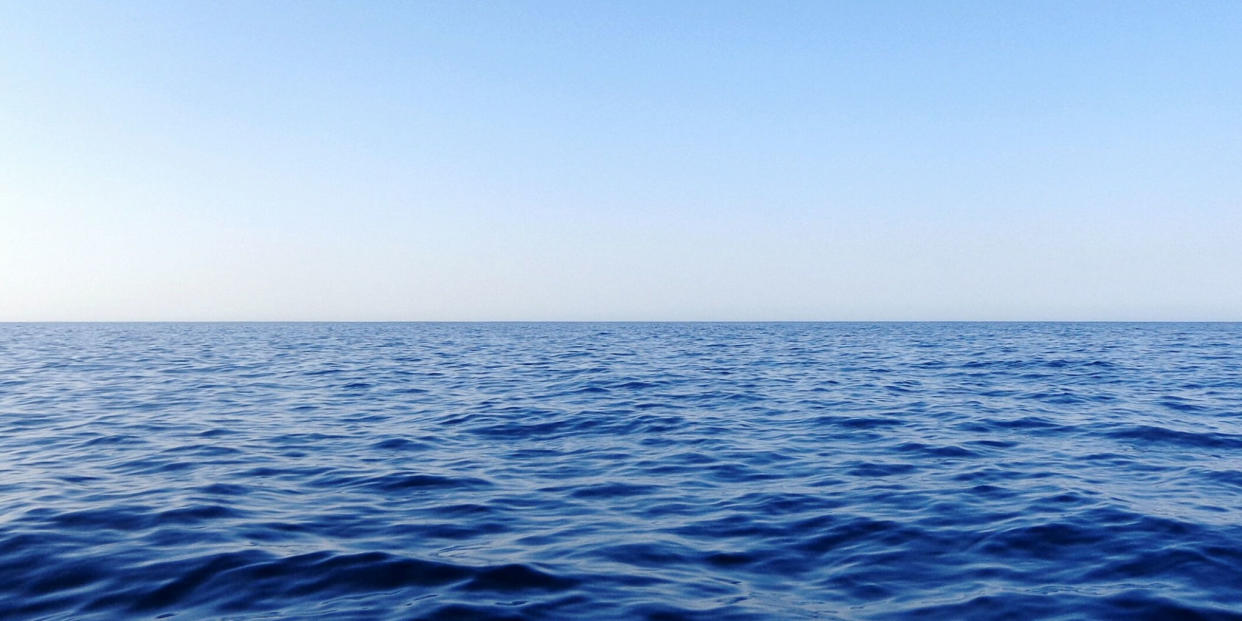Most Habitable Alien Planets May Be Totally Covered in Water

Earth may be special because of its water, but not in the way you may think. A new study published in The Monthly Notices of the Royal Astronomical Society suggests that we may actually have less of it than average.
Astronomer Fergus Simpson of the University of Barcelona ran a series of computer simulations to determine what planets orbiting in their star's habitable zones would look like. Habitable zone planets like Earth are the perfect distance from their host stars for liquid water to form on the surface and are prime candidates in the search for extraterrestrial life.
Simpson simulated what would happen to a wide range of habitable zone planets given a variety of starting conditions. The results were that planets tend to be either mostly water or mostly land, with very few in the middle. Most planets with any significant amount of water are likely to be dominated by it, and most planets in the habitable zone are almost completely waterworlds.
The surface of our own planet is about 70 percent water. It could have been far more if conditions were slightly different. If the Earth had slightly more water, or the oceans were slightly shallower, our planet could have been almost entirely covered in water.
Simpson's analysis suggests that this is the fate for most habitable worlds. Shallow surfaces and lots of water produce vast oceans and little landmass. If a planet doesn't get much water, it will be covered with deserts. Our own planet is likely a rare case with just the right amount of water and surface features to get a perfect balance.
These results are still preliminary, however. The simulations weren't based on observational data but instead on our ideas of what other star systems should look like and how other planets form. It's possible that the study's assumptions are wrong and so the conclusions are far from correct.
But when the next generation of space telescopes like James Webb start giving us more detailed information about other star systems this study could provide a useful check. If we see far fewer waterworlds than we expect it could mean we don't understand planet formation as well as we think we do.
Source: Royal Astronomical Society via Gizmodo
You Might Also Like

